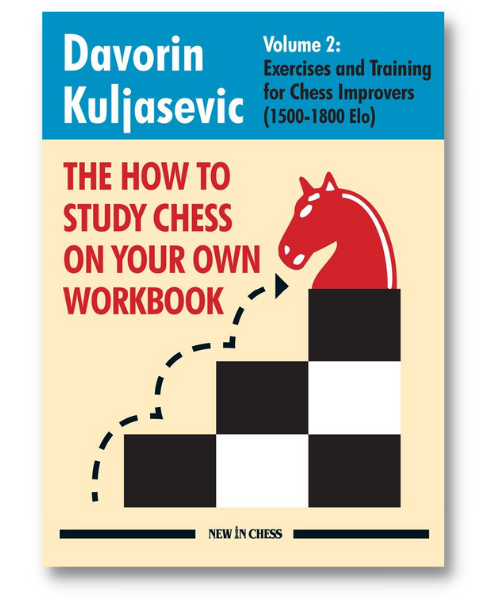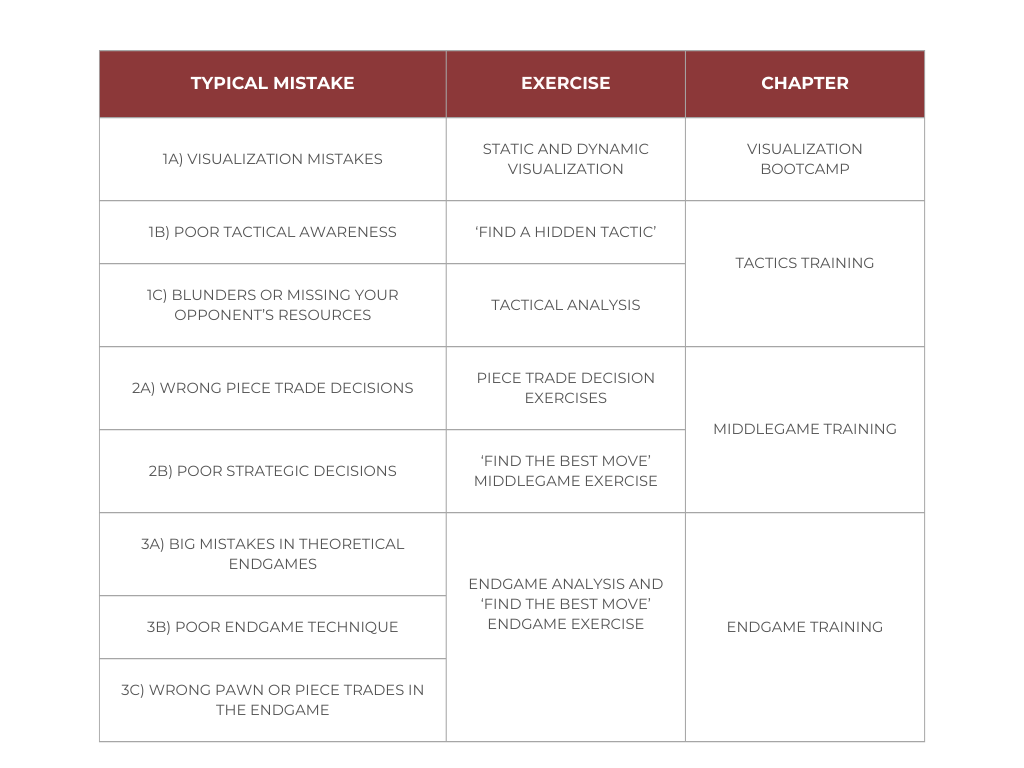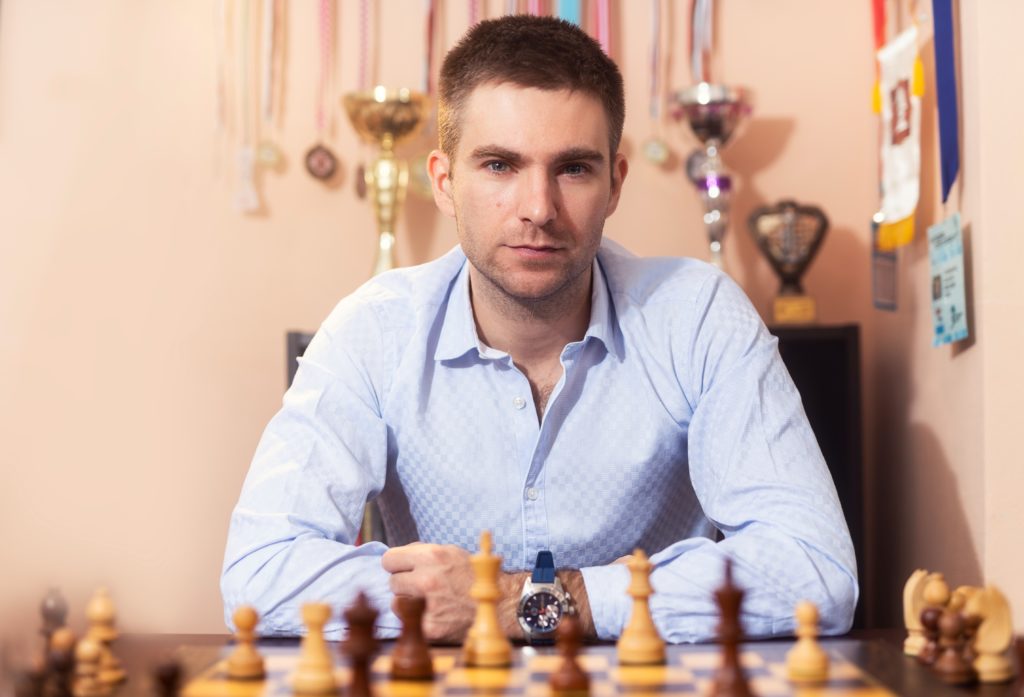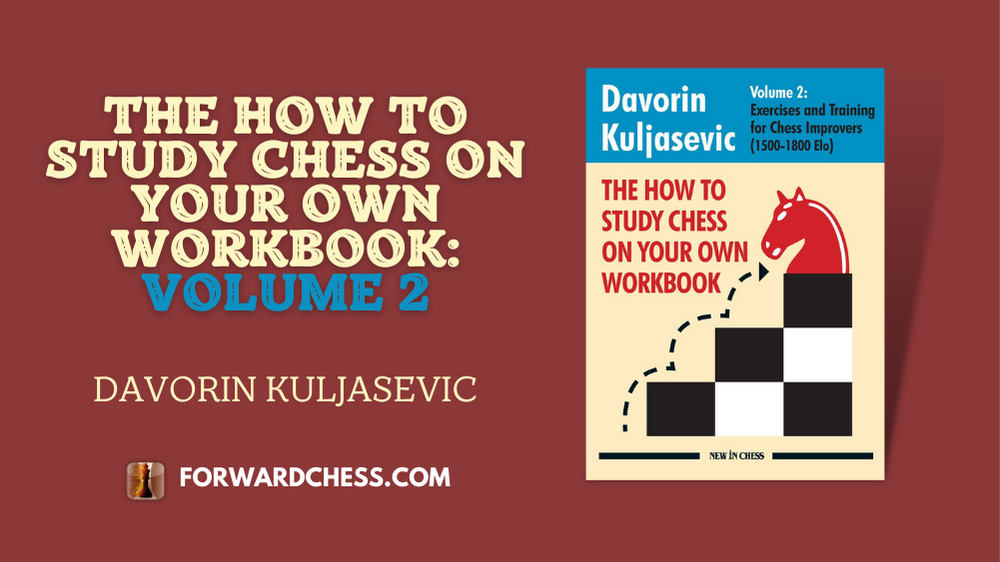Hello everyone!
This is Davorin Kuljasevic, a Croatian Grandmaster, chess author, and coach. My first two books ‘Beyond Material’ and ‘How to Study Chess on Your Own’ have already been featured on this blog, and today, I’d like to give a preview of my newest book, ‘The How to Study Chess on Your Own Workbook, Volume 2.’

This workbook is the second of the three-volume series that allows players of various levels to test their skills in three major areas of the game: tactics, middlegame, and endgame. I designed this volume specifically for players in the 1500-1800 Elo range, although a broader 1200-2000 Elo reader base could have a go at it. In other words, it is a training book for club players.
As its name suggests, the workbook material follows training methods previously introduced in my book ‘How to Study Chess on Your Own.’ That means I provided a more varied study schedule instead of giving generic puzzles for solving. The exercises will often require deeper reflection and a more analytical approach than you might be used to. These include blindfold chess exercises to improve your visualization, ‘Find a hidden tactic’ exercises to sharpen your tactical awareness, ‘Find the Best Move’ middlegame and endgame exercises, and more.
The introductory chapter, ‘Typical Mistakes of Club Players,’ is the book’s backbone. There, you will find examples of the most common calculation/tactical, positional, and endgame errors players at this level make. Let me show you a few typical cases:
Tactics Example
Middlegame Examples
Endgame Example
The training exercises I designed for this Workbook aim to address these and other typical shortcomings of club players, as shown in the table below.

This workbook volume emphasizes visualization training more than the previous one. That is because many club players cannot always see chess positions in their minds accurately, particularly in longer or more complex lines. Therefore, I added 20 ‘Dynamic visualization’ exercises, such as the following one, into the mix.
Dynamic Visualization Example
A notable feature of the Workbook is that virtually all material comes from club players’ games. This way, I wanted to avoid a somewhat absurd yet fairly common situation in chess books where a club player has to calculate a line or find an idea a grandmaster missed in their game. Instead, if you are not a chess professional, in this Workbook, you will solve exercises appropriate for your current level.
I’ve aimed for this training material to be instructive just as much as to serve the readers’ practical needs. Therefore, I provide insights that could help you solve the tasks and learn in the process. In the Visualization chapter, I introduce the essential concepts of status change and moving parts. In the Tactics Training chapter, you will discover the importance of tactical triggers and a proper analytical technique to become a sharper tactician and calculator. Finally, I explain particular positional, strategic, or technical decisions in the Middlegame and Endgame Training chapters and sum up salient points as Middlegame and Endgame lessons. Here are a couple of examples:
Piece Trade Decision Example
Endgame Analysis Example
As in Volume 1, you can evaluate your work with the help of the scoring system at the end of each exercise, training set, and chapter. The grading scale at the end of the respective chapters indicates how well you did according to an approximate Elo rating range. For example, a 50-69% score corresponds to 1500-1700 Elo, 70-84% to 1700-1900 Elo, while the excellent 85%+ score means you are probably ready to tackle the 1800-2100 Volume 1 of the Workbook or even the upcoming Volume 3 aimed at 2100+ Elo players!
In my work with club players, I have noticed that they sometimes underestimate the utility of working with skill-building chess exercises. Instead, many prefer to structure their chess training around relatively more passive ways of learning, such as reading chess books, studying opening courses, or doing tactics puzzles on autopilot. ‘The How to Study Chess on Your Own Workbook’ asks you to leave your comfort zone and attempt training methods you may not have tried before. If you would like to work on a broad range of chess skills and reduce mistakes in the key areas of your game, then this is just the book for you!
Read more about Davorin and his books on his Author Spotlight blog feature.

Davorin Kuljasevic is a Croatian Grandmaster, FIDE trainer, and author.
He has trained many talented youths worldwide and has an extensive record of instructive chess content publications. Some of his top achievements include 4th place in World Youth U16 in 2002, and gold in many international tournaments including; SPICE Spring 2011, Zupanja 2011, Mediteran 2011, Split 2013, and Castelfranco 2014. Besides chess, he also graduated with a Masters’s degree in Finance from Texas Tech University in 2011.
- New Release: Chess Analysis – Reloaded - March 9, 2024
- Review: The Art of The Endgame – Revised Edition - February 14, 2024
- Review: Study Chess with Matthew Sadler - December 13, 2023
